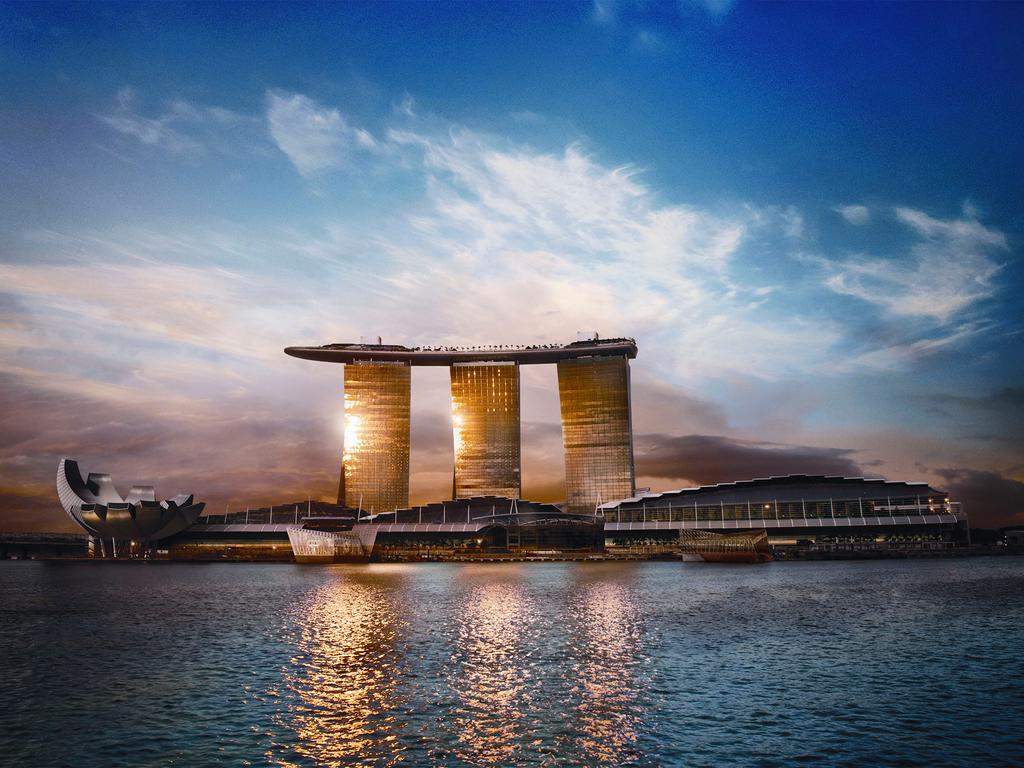
Julius Baer has released its annual Asia Wealth Report for 2017, chronicling its findings on the rise of HNWs in Asia. writes Matthew Hardeman
Asia’s pool of investable assets held by HNWs is set to reach $14.5 trillion by 2020, according to a new report out today from Swiss bank Julius Baer – representing a growth rate of 160 per cent in the current decade.
Meanwhile the cost of luxury living, as measured by the Julius Baer Lifestyle Index, rose by 1.42 per cent in USD terms on an aggregate basis, compared to last year’s contraction of 1.68 per cent – an upward trajectory suggesting demand (and HNW purchasing power) for luxury goods and services in Asia remains strong.
‘Our index remains on an upward trajectory since its launch seven years ago, demonstrating that there remains enormous demand for luxury goods and services in Asia, notwithstanding short-term asset price fluctuations,’ the report says.
Now in its seventh edition, the analysis also features in-depth economic outlooks for Asia’s key economies, reinforcing a long-held view that the region will remain the key driver of new wealth globally. It has recorded changes to Asia’s urban landscape too: Hong Kong has replaced Shanghai as Asia’s most expensive city, while Kuala Lumpur has become the most competitive.
The survey also stresses a divergence between political rhetoric and events globally (such as Brexit and the election of Donald Trump in particular) and hard, empirical findings.
‘Looking at various measures of wealth, the world has never been in better shape,’ it surmises, offering savings data as an indicator. ‘Accumulated savings across countries covered by the Julius Baer Lifestyle Index are at an all-time high. Millennials are entering the prime of their working lives against a backdrop of great prosperity.’
Meanwhile, the report also suggests that digitalisation is creating ‘plenty of opportunities’ for businesses, and for the young, from revolutionising financial payments to facilitating peer-to-peer lending: ‘In short, we are living in an exceptional time, where the confluence of wealth and technological change should paint a positive picture of the future.’
The report’s ‘thematic piece’ is dedicated to the experience economy, exploring the phenomenon of consumers pivoting away from physical goods and towards experiences – a trend being driven in large part by millennials, a generation ‘who have come to define themselves less by what they own, and more by what they have accomplished’.
‘One major force reshaping spending patterns are millennials who stand out for the different values they hold, the different ways they spend and the spending power that they possess.
‘The experience economy will create new winners and losers. To stay ahead, it is clear that businesses wanting to stay engaged with this important demographic will need to constantly innovate.’
Consulting firm BCG expects the market for experiential luxury to achieve a compound annual growth rate of 5-6 per cent between 2016 and 2023, beating the 2-3 per cent growth forecast for the personal luxury market.
If accurate, the report provides further evidence that global growth hinges on Asia’s success, now more than ever – even as protectionism and populism rise on the perception that Asia’s middle classes have expanded at the West’s expense.
You can view or download the report in full by clicking here
Matthew Hardeman is Senior Researcher at Spear’s
Twitter: @matthewhardeman






